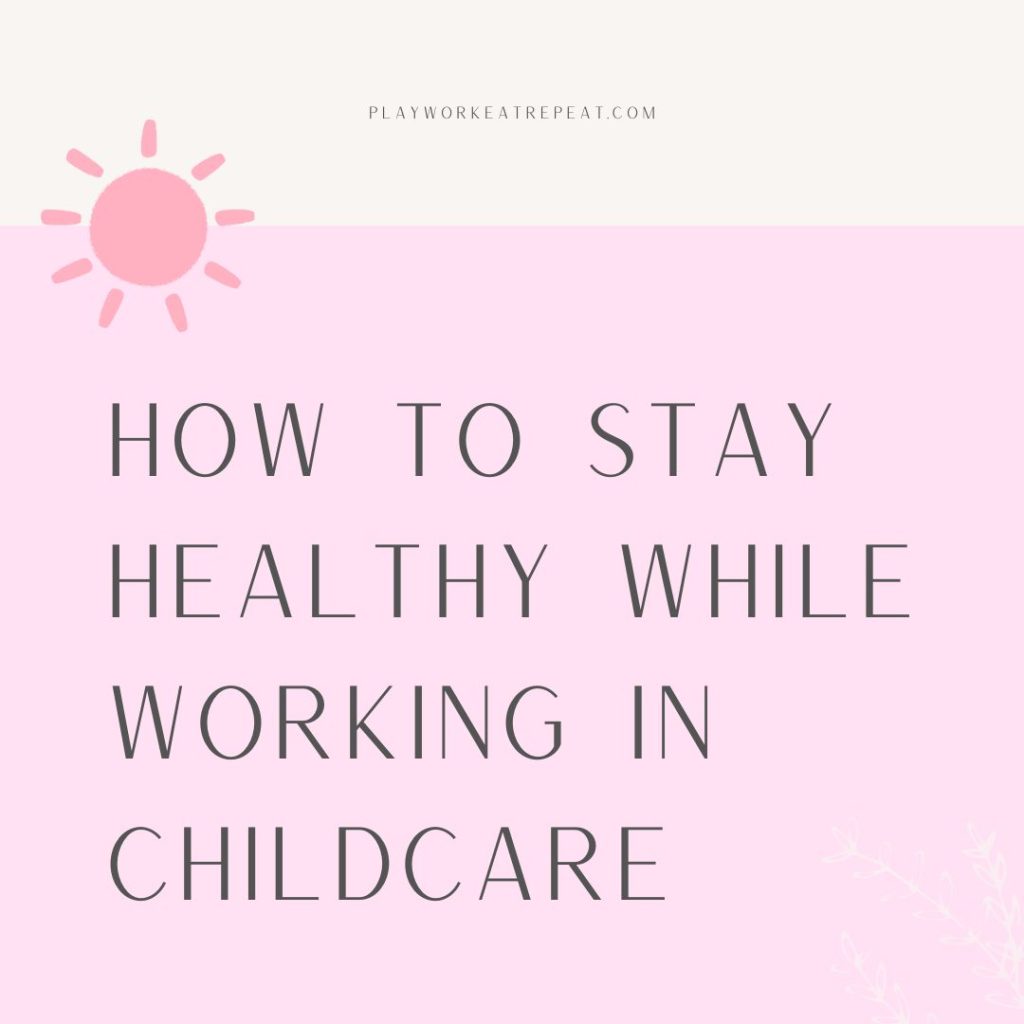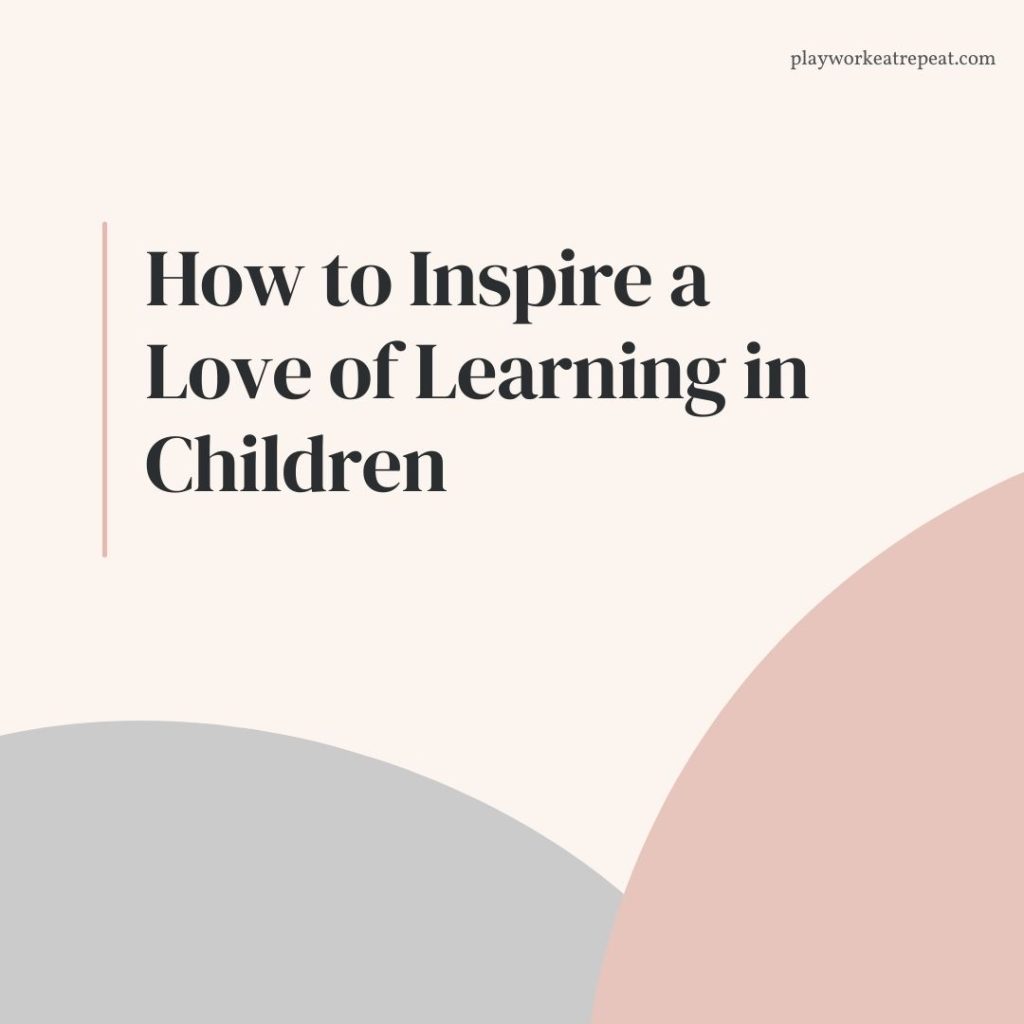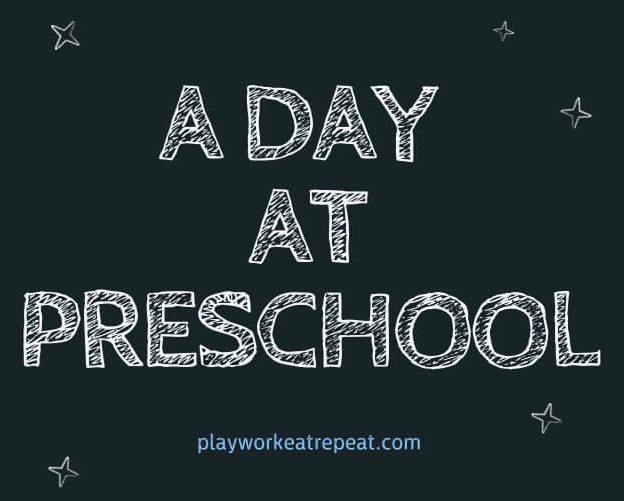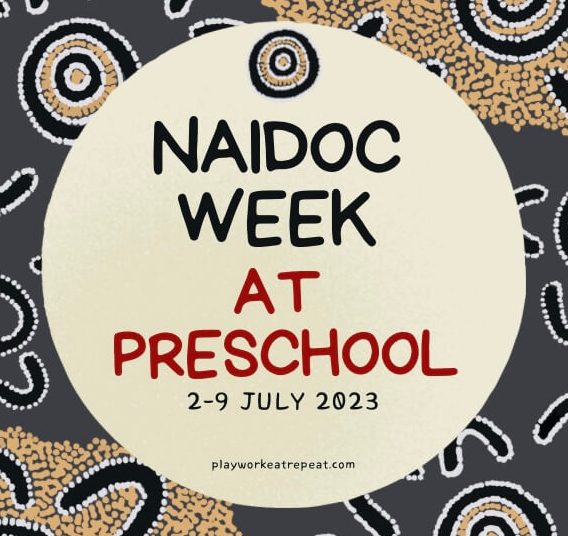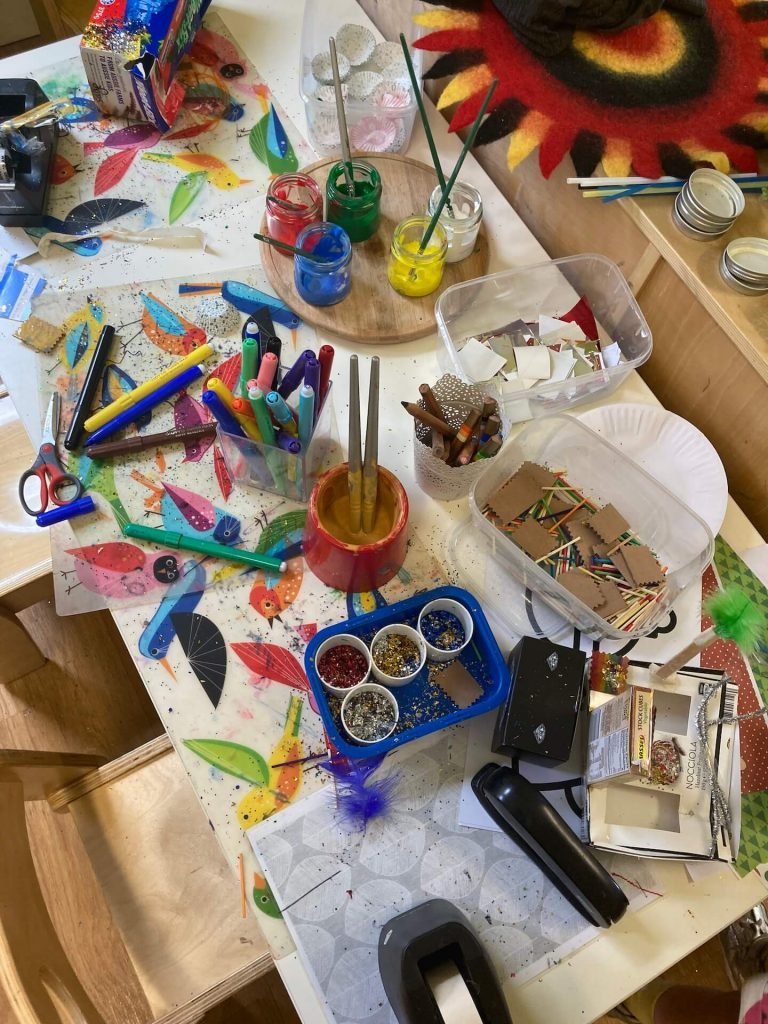How To Stay Healthy While Working in Childcare
It’s winter over here in Sydney, and I’ve just gotten home after a very busy day at preschool. If our day had a soundtrack, it would be a symphony of sneezes, sniffles, and coughing. Yep — it’s that time of year again when everyone’s either sick, just been sick, or about to be sick. So I thought I’d share some practical tips on how to stay healthy while working in childcare. Because if you work with kids, you know it’s not exactly easy to stay well when you’re surrounded by runny noses and small hands that touch everything. But looking after yourself isn’t just about dodging germs — it’s also about building in little habits that keep you going strong. So let’s get into it — here are my go-to tips for staying healthy (and mostly sane) all year round. How to Stay Healthy While Working in Childcare Wash Your Hands The number one tip for how to stay healthy while working in childcare is to wash your hands! I don’t know how many times a day I wash my hands, but it’s a lot. If you don’t work with kids, what I’m about to say might sound over the top. But if you know, you know. I wash my hands after I touch anything — toys, equipment, pencils, markers, puzzles, playdough, anything and everything. Because all day long, I see our preschoolers sneeze, suck on things, and pick their noses — then touch everything. Washing my hands so much leaves my skin dry, so I rely on the lovely scented moisturisers I get from preschool families at Christmas — absolute skin savers!Side tip: If you’re ever stuck on what to buy your child’s preschool teacher, a good hand cream is always a winner. A bottle of wine is always welcome, too. 😉 Crouch Smart We educators know it’s important to get down to a child’s eye level when we talk to them — it helps build connection and trust. Unfortunately, crouching often comes with a decent spray of spit to the face. It’s just part of the job. Sigh. And it happens a lot. Over time, you kind of learn which little talkers tend to spray more and prepare yourself accordingly. Easier said than done, though. My strategy now is this: if I know I’m talking to a spraying chatterbox, I still get down low, just not directly in the firing line. It’s a skill, and it usually works. If not… then I run straight to the sink to wash my face. Catch the Sneeze Signal Before It Hits Children have a knack for sneezing straight into your soul, so yes — that tip about dodging the spray definitely applies here too. But here’s something else I’ve learned: If you are having a nice chat with a child and then they pause, it usually means a sneeze is coming your way. They don’t teach this in any diploma or university course, but trust me — that split second of silence is your warning. You need to duck, fall backward, cover your head — or all three. Do whatever it takes to get out of the way.Be a ninja — that’s all I can recommend. Eat Healthy Eating healthy is the way to go to make sure your body is getting all the good things like essential fats, vitamins, minerals, fibre and energy to keep you going. In summer, I pack salads with tuna, egg, or chicken. During winter, I like to make a big batch of soup to last a few days. For morning tea, I’ll have a piece of fruit because we eat our morning snack with the kids, and we need to set a healthy eating example. I like fruit, but I have to admit that when I’m at home during term breaks, I don’t always reach for it as a snack. I’d probably end up with scurvy if I didn’t work in childcare! Stay Hydrated I have a gorgeous water bottle with a picture of Princess Leia that I take to work — it’s my motivation for hydration. But drinking enough water at preschool is always a struggle. One reason is that we’re so flat out most of the time that we just forget. And then there’s the other issue: when we do manage to drink more, we just create a new problem — needing to go to the toilet. I think this might be one of the only jobs where you have to announce to another adult, “Hey, I need to go to the toilet,” and then cross your fingers someone’s there to cover you. We have to maintain ratios at all times–meaning the right number of staff have to be with the children at all times. If no one’s free to cover you for five minutes, well… you hold on and hope for the best. Invest in Comfy, Supportive Shoes I love pretty shoes, but I save them for weekends and special occasions. Years ago, when I chose style over comfort at work, I didn’t win. My back ached, my knees hurt, and it was no fun — you can read all about it here. These days, I stick with enclosed shoes I can pop my orthotics into, and just like that — pain-free! Not exactly glamorous, but that’s okay. Pause, Breathe, and Reset No matter how patient and calm you may look and sound on the outside, the inside often tells a different story. The minute Tony Soprano’s voice starts running through my head, I know it’s time to start taking deep breaths. I often click on the mindfulness app on my Apple Watch and do a quick guided breathing session. I also recently came across the QTIP method — “Quit Taking It Personally.” When children’s hands aren’t so friendly or they’re pressing every conceivable button, it’s not personal. It’s usually their frustration or boundary testing. Me getting rattled won’t help anyone. Posture Check Reminders I make a point to check in
How To Stay Healthy While Working in Childcare Read More »
